Case Study | House Purchase Survey; Clinker bed discovery.
On request, we surveyed the 'septic tank’ our client was told existed. You will see from the results of our report that this particular survey saved our client thousands of pounds in the negotiations of the house purchase because the existing sewage system wasn't fit for purpose. Without the survey, they would have been facing the bill themselves once the sale had all gone through.
Observations & Findings
Further to your request, we attended and removed 1 x load from the tank with our waste tanker, equipped with a stronger pump. On emptying the tank, we found a build-up of sludge which proved to be quite thick and difficult to remove.
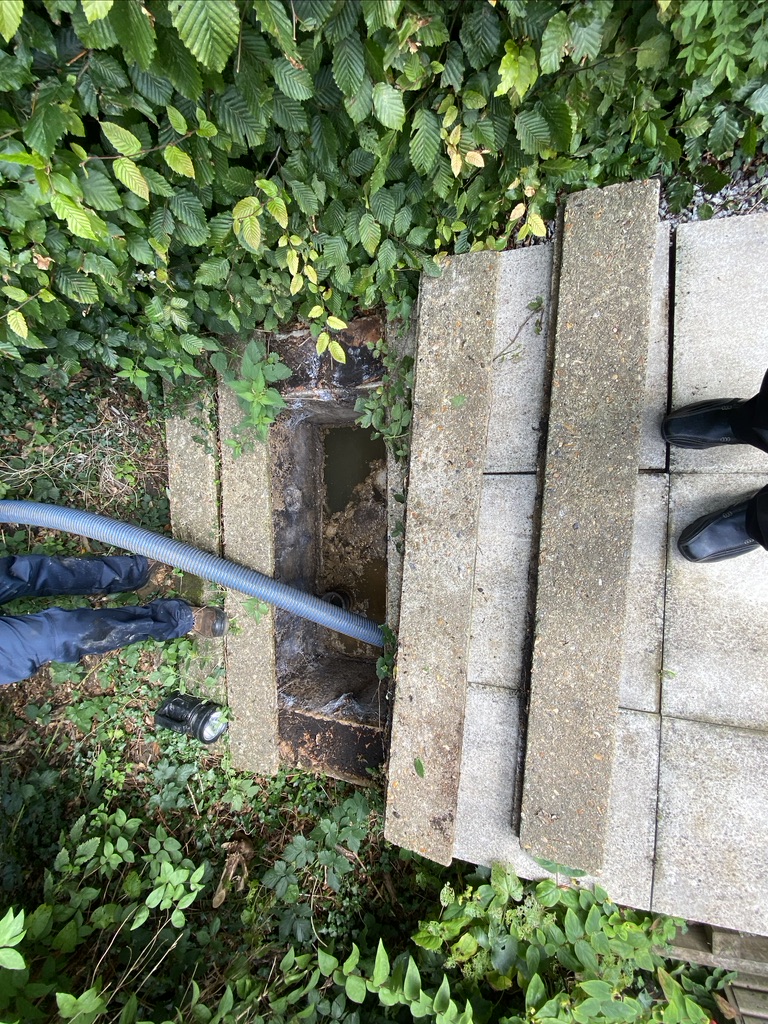
Once thoroughly emptied, we inspected to establish if the private system is fit for its purpose, and complies with the latest regulation and legislation, etc.
Having viewed the tank, it is our opinion that it is not a septic tank but a very old treatment plant.
One-third of the tank is a holding chamber, and the remainder makes up the treatment section of the tank, made up of clinker originally covered with concrete lentils. This is now covered with a concrete paving slab. The slabs are now covering the original concrete lentils, leaving no entrance to the chamber that would normally hold the clinker which would typically be 2m deep, and 100mm below the invert level.
In this set up the clinker would provide the treatment to the wastewater after the separation had taken place in the holding tank. The reason it is not fit for purpose is that the wastewater would only pass through this clinker once.
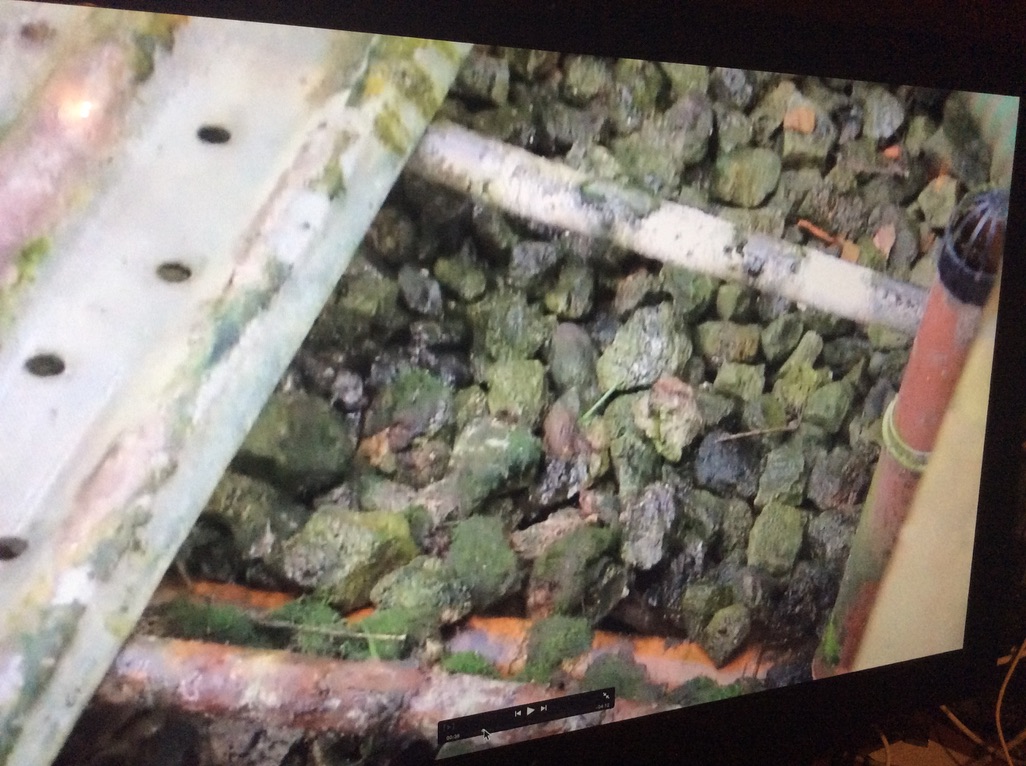
It is quite common for this size of chamber to have in the region of 8 tons of clinker. To confirm that this is present, the slabs will need to be removed to carry out an inspection.
This type of system when maintained, with working tipping trays, and after passing through the clinker only once, does not produce a high enough quality of water to be discharged by today's standards, and often causes pollution.
In any event, the clinker bed is polluting. If it is discharging into a soakaway in the condition that this tank is in, it is our opinion that it is not meeting the current binding rules set by the Environment Agency. If the binding rules are not met, a permit will be required to discharge.
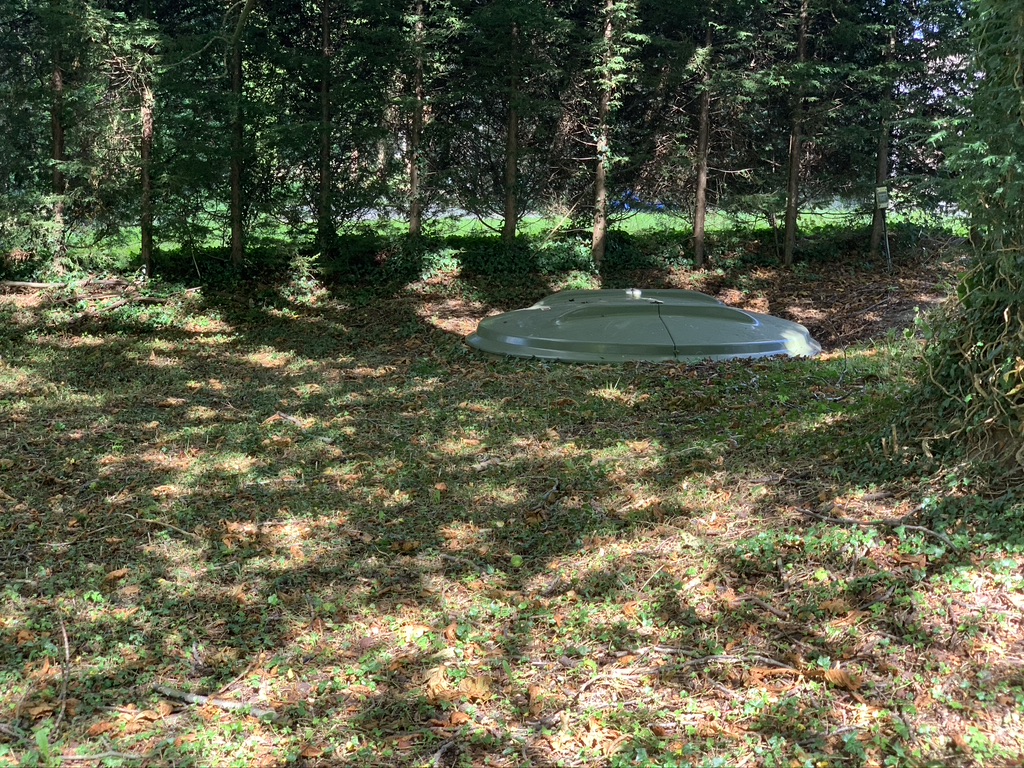
Bearing in mind the sewage was so thick in the holding chamber, and there has been no maintenance carried out on the remaining two-thirds of the tank, for 6+ years (As a result of no inspection opening) we can assume that the soakaway has become damaged over quite a long time and therefore, we cannot depend on the soakaways ability to disperse water, with or without a permit, or after liaison with The Environment Agency.
In our opinion, the system in place should be upgraded to a new treatment plant, if it is not possible to connect the property to the main public sewer.
Advisement
To establish if the main sewer connection would be possible, we recommend you contact the local water authority and obtain plans showing the location and depth of the nearest main public sewer. Once we have received this information, we can confirm or eliminate this as a possibility and if required, provide you with an estimate to make the connection.
If any part of the building is within 30 meters of a public sewer, the Environment Agency will not allow you to start a new discharge from a sewage treatment plant under the general binding rules.
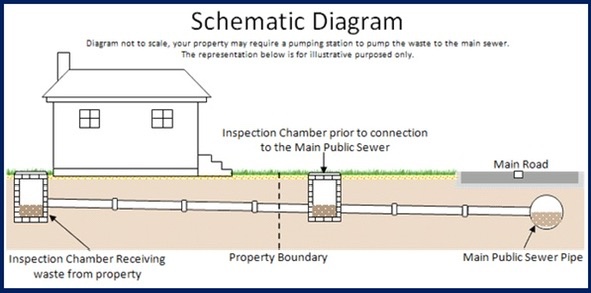
If you are building the development of more than one property, this distance must be multiplied by the number of properties. For example, if there are 3 properties then the distance will be 3 x 30 meters = 90 meters.
If there is a good reason why you cannot connect to the sewer (for example, there is a river or a hill in the way) then you must apply for a permit so that the Environment Agency can decide whether to allow you to use a sewage treatment plant instead.
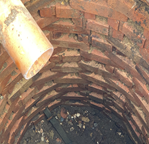
New land drains will also be likely, rather than take a chance on the existing soakaway, which we believe to be damaged based on the existing system not functioning properly for so many years, and due to the build-up of thick sewage witnessed during our visit.
Until a new system can be installed, we recommend the old system is capped off to prevent pollution. This would mean you can use the existing holding tank like a cesspit, but the tank will require frequent emptying, possibly every 3 x weeks, dependent on usage.
Please see the information below taken from the government website which we hope you will find helpful:- please note, you must apply for permission if you wish to use a deep structure such as a honeycomb chamber, or soak away normally used for surface water or rainwater from the roof, to discharge to.
You have a non-standard system
- You must contact the Environment Agency to find out if you need a permit.
- You cannot use a soakaway (designed for draining rainwater), a well for discharging effluent to the ground. Instead, you must either upgrade to a drainage field or apply for a permit so that the Environment Agency can assess the risk of using this sort of system in your location.
Rules for existing and new discharges
- Use the correct treatment system
- You must use a septic tank or small sewage treatment plant to treat the sewage and then discharge the effluent (treated liquid) to the ground via a drainage field.
- A septic tank is an underground tank where the solids sink to the bottom, forming a sludge, and the liquid flows out to a drainage field.
- A small sewage treatment plant, also known as a package treatment plant, works in a similar way to a septic tank but uses mechanical parts to treat the liquid to a higher standard before it goes to a drainage field.
- A drainage field, also known as an infiltration system, is a series of pipes with holes placed in trenches and arranged so that the effluent can trickle through the ground for further treatment.
- A septic tank’s main function is secondary treatment in light aerated soil, often covered by lawn, ideally on level ground, otherwise compensating for a slight slope.
To provide an estimate for a new treatment plant and land drains, it will be necessary to carry out a full survey and percolation test over a period of two-three days. Once the calculations have been made, we can determine the ground porosity and suitability for the new installation.
It will be necessary to apply for a building notice and make an appointment with a building inspector to talk through the proposed installation, and especially the positioning of the treatment plant, after considering the neighbouring property.
Similarly, we will need to make inquiries to ensure that the area does not fall within the ground protection zone.
As the existing system has been there for many years, there is a possibility that the new system can be installed in the same position as the existing one, once removed.

